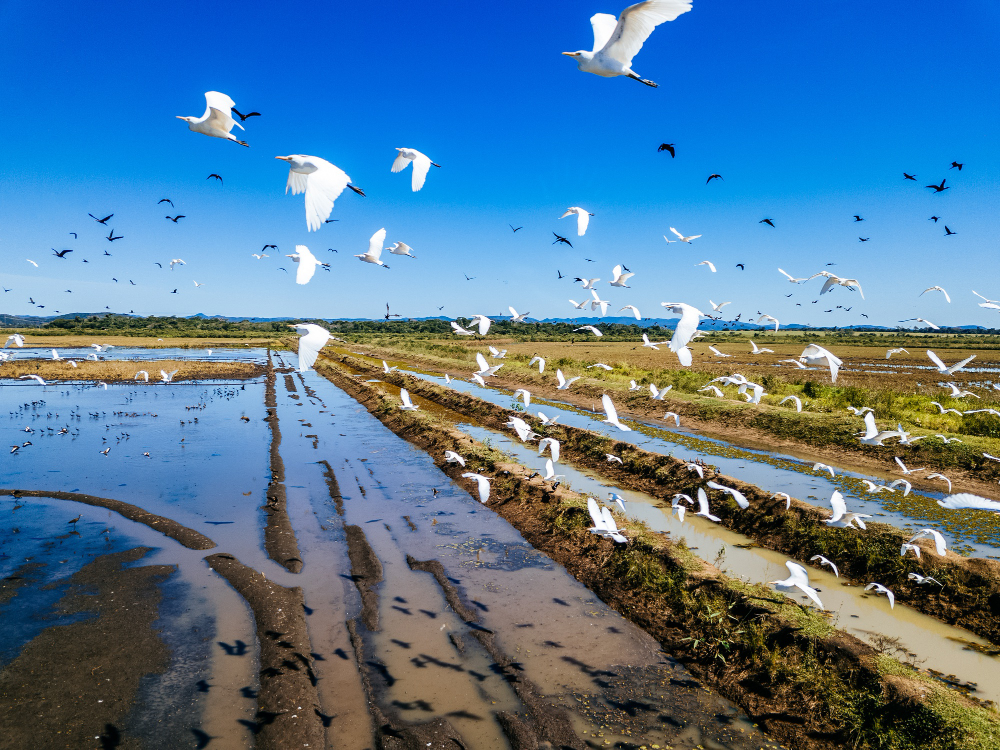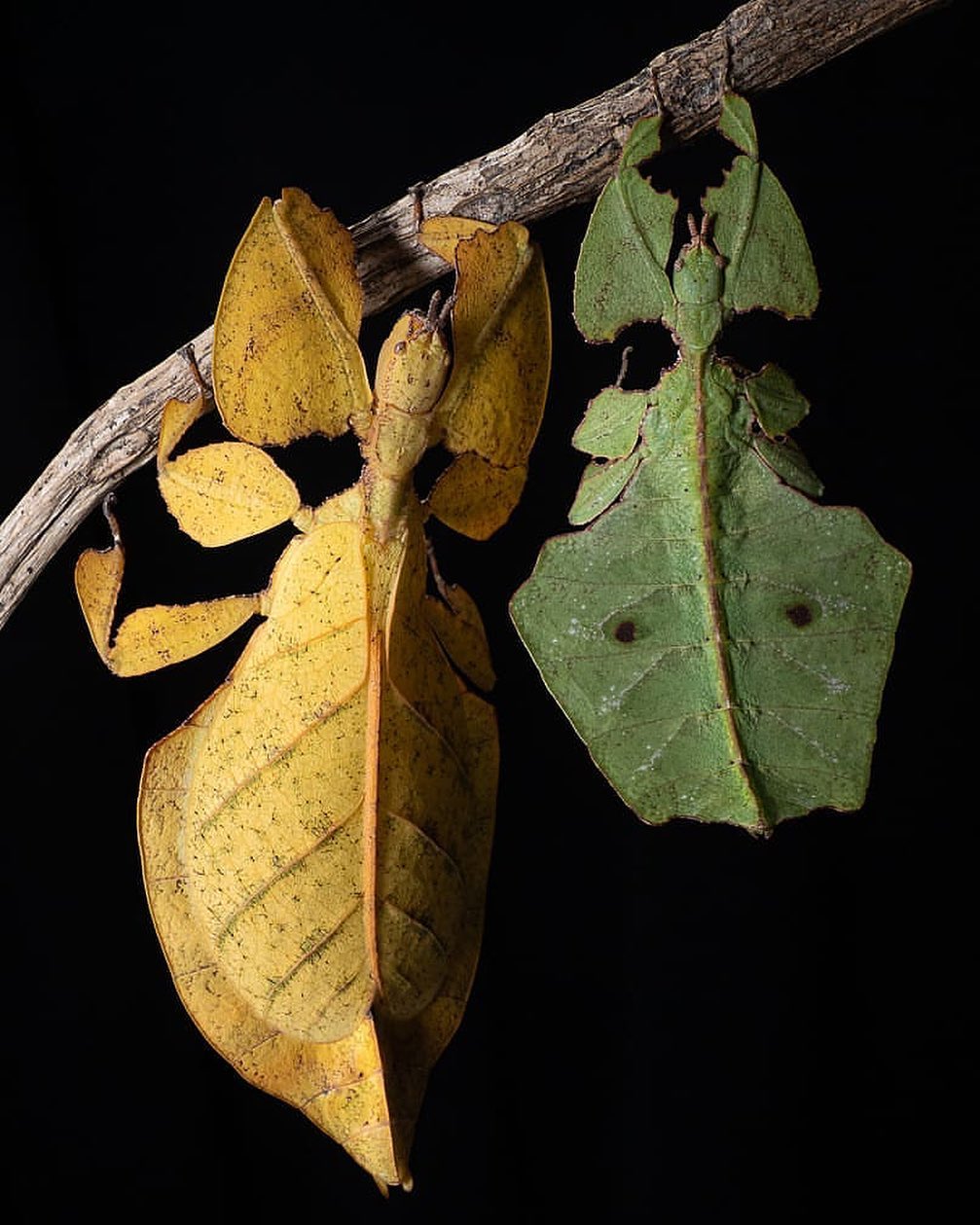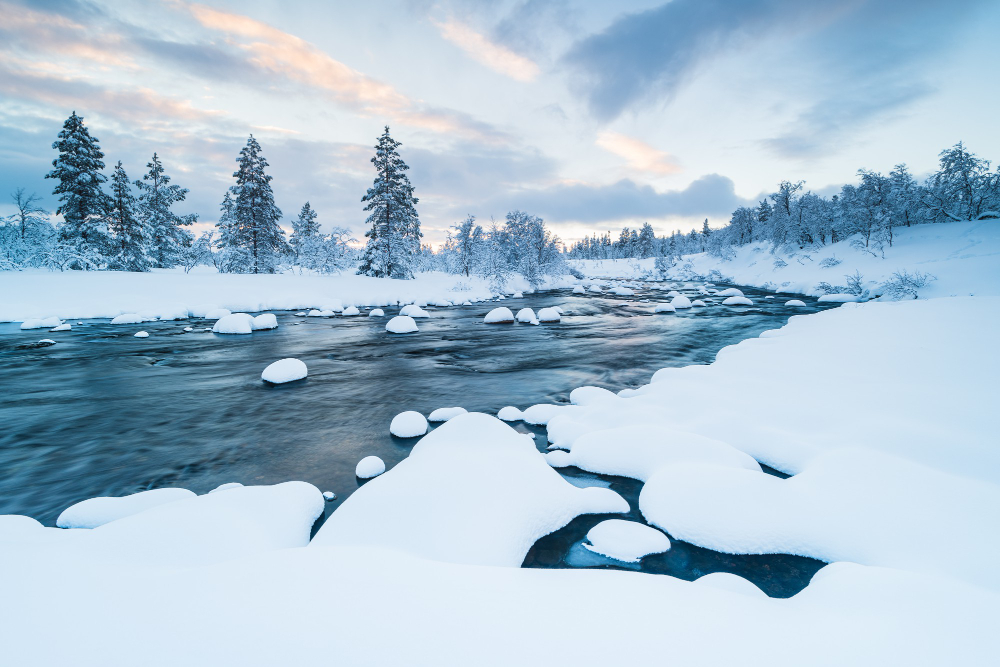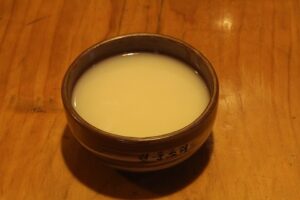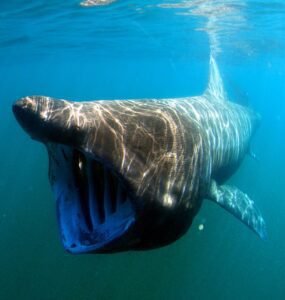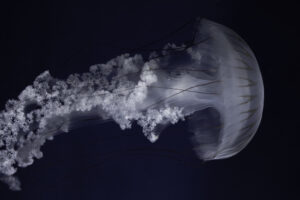 Pin
Pin Image by Anne-Ed C. from Pixabay
Puffin birds, often just called puffins, aren’t just adorable for your Instagram feed. They’re hardcore survivalists. These little seabirds live in some of the roughest, coldest parts of the world, like Iceland and coastal parts of the North Atlantic. And that colorful beak you see? It only glows during mating season—yes, it’s temporary. One of the most interesting facts about puffin birds is that their looks change with the seasons. They shed parts of their bright beak after summer, and it becomes dull in winter, almost like they’re turning down the volume until it’s time to impress again.
They can also dive up to 60 meters underwater and stay down for about 30 seconds. You wouldn’t expect such a round, waddling bird to be an underwater ninja, right? Plus, they flap their wings up to 400 times per minute to stay in flight. It’s like they’ve got the body of a penguin with the energy of a hummingbird.
Table of Contents
They’re Monogamous—and Super Loyal Partners
 Pin
Pin Image by de_zigeuner from Pixabay
Puffin birds might just put some humans to shame when it comes to relationships. One of the lesser-known but interesting facts about puffin is their long-term loyalty. Once they find a mate, they usually stick with them for life. No swiping left or right in their world. Every breeding season, they return to the same nesting site with their partner, like clockwork.
Their nests are dug into grassy cliff edges, sometimes up to 3 feet deep, and they line them with feathers or grass. Both parents take turns incubating the single egg and feeding the chick once it hatches. That kind of team effort is pretty rare in the bird world. It’s sweet, kind of like a feathery power couple raising their puffling (yes, baby puffins are adorably called pufflings).
They also do a little beak-tapping ritual called “billing” to bond—imagine two puffins clacking their bright beaks like they’re cheering drinks. It’s charming and weirdly wholesome. Puffins are proof that devotion and drama-free relationships still exist.
Their Beaks Are Built for Show—and Function
 Pin
Pin Image by James Glen from Pixabay
Iconic puffin beak—it’s not just for decoration. One of the most interesting facts about puffin birds is how multi-purpose those flashy beaks really are. During mating season, they turn shockingly bright in color—bright orange, yellow, even a hint of blue. It’s a natural signal to attract mates, like nature’s version of putting on your best outfit.
But once the season’s over, the outer layer of the beak actually sheds off, leaving behind a smaller, duller version. It’s like a costume change, and no one’s talking about it enough. Underneath all that style, the beak has serious functionality. Puffins use it like a grocery basket. They can hold up to 10–12 fish in their beak at once, thanks to a unique hinge in the jaw and barbed tongue that keeps the fish from slipping out.
So while their face may scream “cute,” their beak is a high-efficiency fishing tool. It’s got both style and substance—kind of like a Swiss army knife in bird form.
Puffin Birds Are Surprisingly Great Flyers
 Pin
Pin Image by Mario from Pixabay
You’d think a bird with such a chunky build would struggle in the air, but puffins defy expectations—big time. One of the most interesting facts about puffin birds is that they are actually excellent flyers. Don’t let their short wings fool you. They flap like mad—up to 400 times per minute—to stay airborne. It’s not graceful, but it works, and it’s fast. Puffins can reach speeds of 55 to 60 miles per hour. That’s basically a blur of feathers shooting across the sky.
Flying takes so much energy that they need to eat a lot to fuel their flights. Their flying style is kind of frantic and stiff-winged, like they’re constantly in overdrive. But they get the job done, whether they’re escaping predators or flying back with a beak full of fish.
Puffins also use their wings to “fly” underwater. When they dive, they flap those same wings to chase down small fish. It’s like watching a little torpedo with feathers—equal parts funny and impressive.
Pufflings—Yes, That’s What the Babies Are Called
 Pin
Pin Image by Aidan Semmens from Pixabay
It’s almost criminal how adorable puffin chicks are, and the name makes it even better. One of the most heart-melting and interesting facts about puffin birds is that their babies are officially called pufflings. That alone sounds like something out of a children’s storybook. But their upbringing is pretty epic for such tiny creatures.
Pufflings hatch in underground burrows after about six weeks of incubation. Once they’re out, both parents work overtime to feed them a steady supply of small fish—sometimes hundreds in a single day. The chick stays hidden in the burrow, safe from predators, while the parents brave the skies and seas.
Here’s the wild part: after about 40 days, the puffling gets zero help. The parents just dip out and head back to sea, and the puffling has to figure out life solo. No flying lessons, no goodbyes. Just pure instinct. It walks to the cliff’s edge at night and jumps into the sea to begin its independent journey. Nature doesn’t coddle—even if you’re ridiculously cute.
Puffin Birds Have Built-In GPS for Nesting
 Pin
Pin Image by MustangJoe from Pixabay
Puffins are hardcore when it comes to loyalty—not just to their partners, but to their homes too. One of the coolest and most interesting facts about puffin birds is that they return to the exact same nesting burrow every year. Not just the same cliff, not the same patch of land—we’re talking about the precise hole they dug in the dirt. No map, no coordinates, just built-in biological GPS.
After spending months out at sea—completely alone—they still manage to find their way back to a hole in the ground, even if it’s on a remote, rocky cliff. Scientists believe they use the Earth’s magnetic field, visual landmarks, and even scent to navigate, but honestly, no one’s cracked the full mystery yet.
And these birds don’t waste time rebuilding if they can help it. If they find their old burrow collapsed or stolen by another puffin, they’ll dig again right next to it, like stubborn little architects. It’s weirdly admirable how much loyalty they show to a spot in the dirt.
Their Social Lives Are Loud, Crowded, and Chaotic
Puffin birds may look peaceful in photos, but their real-life colonies are full-on feathered chaos. One of the more unexpected and interesting facts about puffin birds is how noisy and social they are. During nesting season, thousands of puffins gather in tight cliffside colonies. It’s loud, it’s messy, and it’s basically a puffin city with no rules.
They grunt, growl, and squawk constantly. Their calls sound more like chainsaws or engines than birdsong—definitely not what you’d expect from such a cute animal. And they don’t always get along. There’s a lot of beak fencing, pushing, and general puffin drama, especially over burrow space or mates.
But in the middle of that madness, puffins are actually pretty affectionate. They do beak-tapping rituals (called “billing”) and seem to recognize their mates and neighbors, even in huge crowds. So while it may look like a feathery free-for-all, there’s a tight bond holding it all together. Think of it like a messy but loyal friend group that reunites every year.
Puffins Are Masters of Disguise at Sea
Out on land, puffins stick out like cartoon characters with those bright beaks and tuxedo feathers. But one of the most surprising and interesting facts about puffin birds is that they’re actually super stealthy when they’re at sea. While their faces shine during the breeding season, puffins spend most of their year far out on the open ocean, completely alone, and looking way less flashy.
Their black-and-white coloring works like natural camouflage in the water. From above, their dark backs blend into the ocean; from below, their white bellies blend with the sky. It’s classic countershading, and it helps them avoid predators like gulls and bigger fish. It’s not just about being cute—they’re tactical.
And here’s the kicker: puffins spend most of their life at sea. They only come to land during breeding season. That means they’re swimming, floating, and fishing in cold, wild waters for months at a time, all while staying hidden in plain sight. For such a colorful creature, they’ve got some serious ninja-level stealth.
They’ve Been Around for Millions of Years
It’s easy to think of puffins as just cute modern birds, but they’ve got ancient roots. One of the most jaw-dropping and interesting facts about puffin birds is that their lineage dates back millions of years. Fossils show that puffin-like birds have existed since the Miocene era—so they’ve been gliding over seas and diving for fish since before humans ever showed up.
Over time, puffins have evolved into expert survivalists. Their bodies are built for both sea and air, their nesting habits are perfectly adapted to harsh coastal cliffs, and their seasonal changes—like shedding colorful beak layers—help them thrive through multiple conditions.
And despite living in such remote, often frozen areas, puffins have managed to survive climate shifts, predators, and human activity. That evolutionary resilience is what makes them so fascinating. They aren’t just a viral photo moment—they’re a living fossil that’s still going strong.
It’s humbling when you think about it. Puffins were here long before us, and with the right protection, they’ll outlast us too.
Puffins Face Real Threats—And They Need Our Help
For all their charm and survival skills, puffin birds aren’t invincible. One of the saddest but most important and interesting facts about puffin birds is that their populations are in trouble. Climate change, overfishing, and pollution are messing with their food supply—especially the small fish they rely on like sand eels and herring.
When oceans warm up, those fish move to different areas or decrease in number, leaving puffins flying farther and working harder just to feed themselves and their pufflings. On top of that, oil spills, plastic waste, and even changes in sea currents are making it harder for puffins to thrive.
Some puffin colonies have seen huge drops in population over the last few decades. In some areas, they’re now considered vulnerable or endangered. It’s not all doom and gloom though. Conservation programs are helping—by protecting habitats, banning harmful fishing practices, and even building puffin “burrow homes.”
If enough people care, these birds can still bounce back. They’ve survived for millions of years. They deserve a fighting chance.
FAQs
Puffin birds, or puffins, have brightly colored beaks during the breeding season, which they use to attract mates. The vibrant colors are temporary, fading after mating season. The beaks are also designed to hold up to 10-12 fish at once, making them excellent hunters.
Yes, puffins are known for their loyalty. They typically form lifelong bonds with a single mate, returning to the same nesting site year after year. During each breeding season, they share responsibilities like incubating the egg and feeding their chick.
Puffin chicks, known as pufflings, are cared for by both parents for about six weeks. After that, they are left to fend for themselves, walking to the cliff edge at night and jumping into the sea to start their independent journey.
Despite their chunky build, puffins are excellent flyers. They can reach speeds of up to 60 miles per hour and flap their wings up to 400 times per minute to stay in the air. They also use their wings to “fly” underwater, making them exceptional hunters.
Puffins are threatened by climate change, overfishing, and habitat destruction. These issues are affecting their food supply and breeding grounds. Conservation efforts are crucial to helping protect puffins and ensure their survival in the future.

